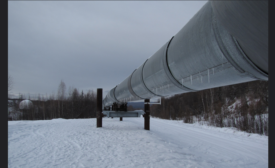News
A FairWarning story
Collision course: With wary eye on big trucks, bike riders seek safe space on city streets
July 6, 2015
Never miss the latest news and trends driving the safety industry
eNewsletter | Website | eMagazine
JOIN TODAYCopyright ©2024. All Rights Reserved BNP Media.
Design, CMS, Hosting & Web Development :: ePublishing








